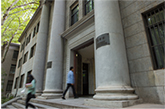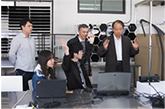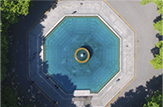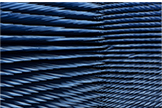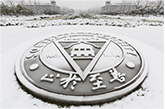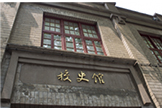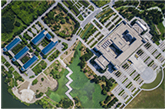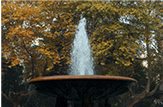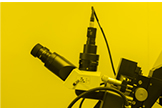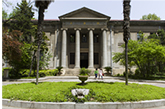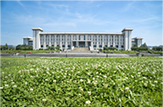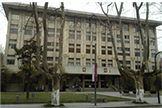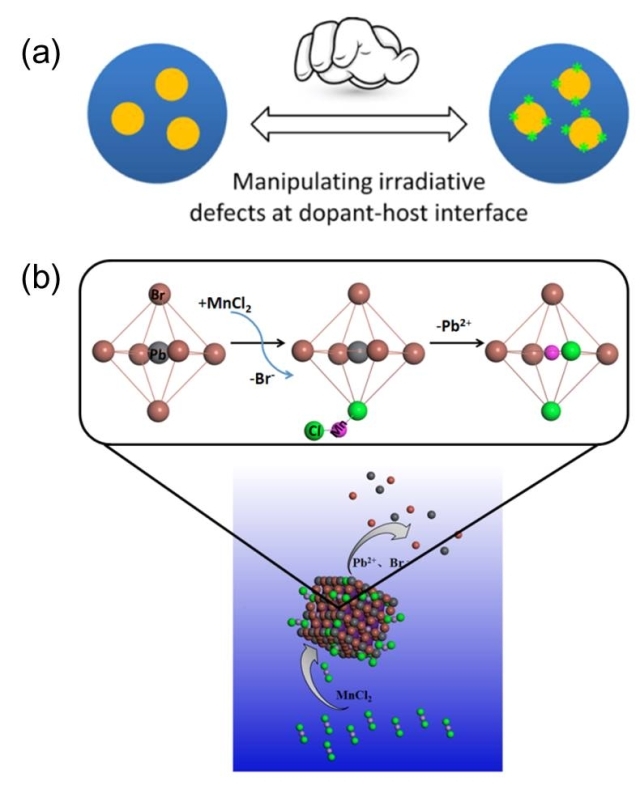
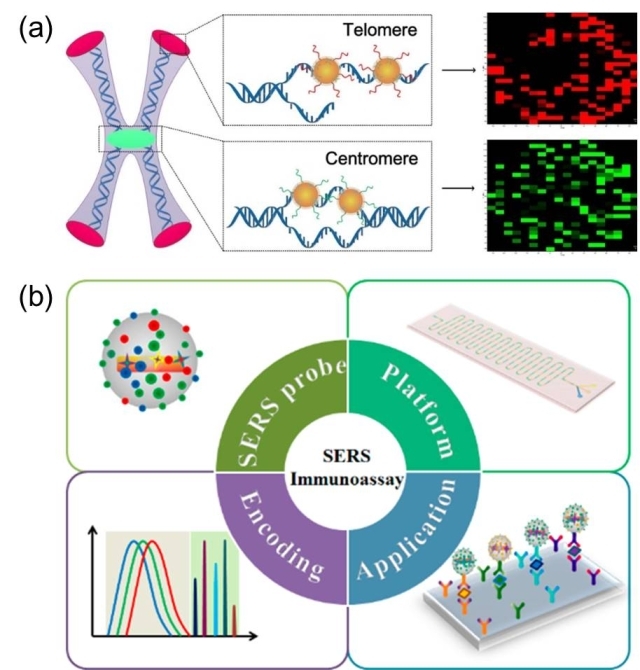
Recently, professor Cui Yiping from Southeast University made great improvements on the field of microphotonic materials. Their more than 100 research results are published on journals like ACS Nano、Adv. Funct. Mater.、Adv. Mater. and Small. Professor Cui was also selected as one of most cited Chinese researchers.
On their work named “SERS-activated Platforms for Immunoassay: Probes, Encoding Methods and Applications”, they discussed the SERS-activated platforms for immunoassay. Owing to the excellent multiplexing ability, high sensitivity and large dynamic range, immunoassays using surface enhanced Raman scattering (SERS) as the readout signal have found prosperous applications in fields such as disease diagnosis, environmental surveillance, and food safety supervision. Various ever-increasing demands have promoted SERS based immunoassays from the classical sandwich-type ones to those integrated with fascinating automatic platforms (e.g. test strips and microfluidic chips). As recent years have witnessed impressive progress in SERS immunoassays, we try to comprehensively cover SERS-based immunoassays from their basic working principles to specific applications. Focusing on several basic elements in SERS-immunoassays, typical structures of SERS nanoprobes, productive optical spectral encoding strategies and popular immunoassay platforms are highlighted, followed by their representative biological applications in the last 5 years. Moreover, despite the vast advances achieved to date, SERS immunoassays still suffer from some annoying shortcomings. So discussions on how to improve the SERS-immunoassay performance are also proposed as well as future challenges and perspectives, aiming to give brief and valid guidelines for choosing suitable platforms according to particular applications.
Published Articles:
http://onlinelibrary.wiley.com/doi/10.1002/adfm.201505172/pdf
http://pubs.acs.org/doi/abs/10.1021/acsnano.6b00198
http://dx.doi.org/10.1002/adma.201700095
http://pubs.acs.org/doi/pdfplus/10.1021/acs.chemrev.7b00027
http://pubs.acs.org/doi/abs/10.1021/ja208154m
http://onlinelibrary.wiley.com/doi/10.1002/smll.201403474/abstract


